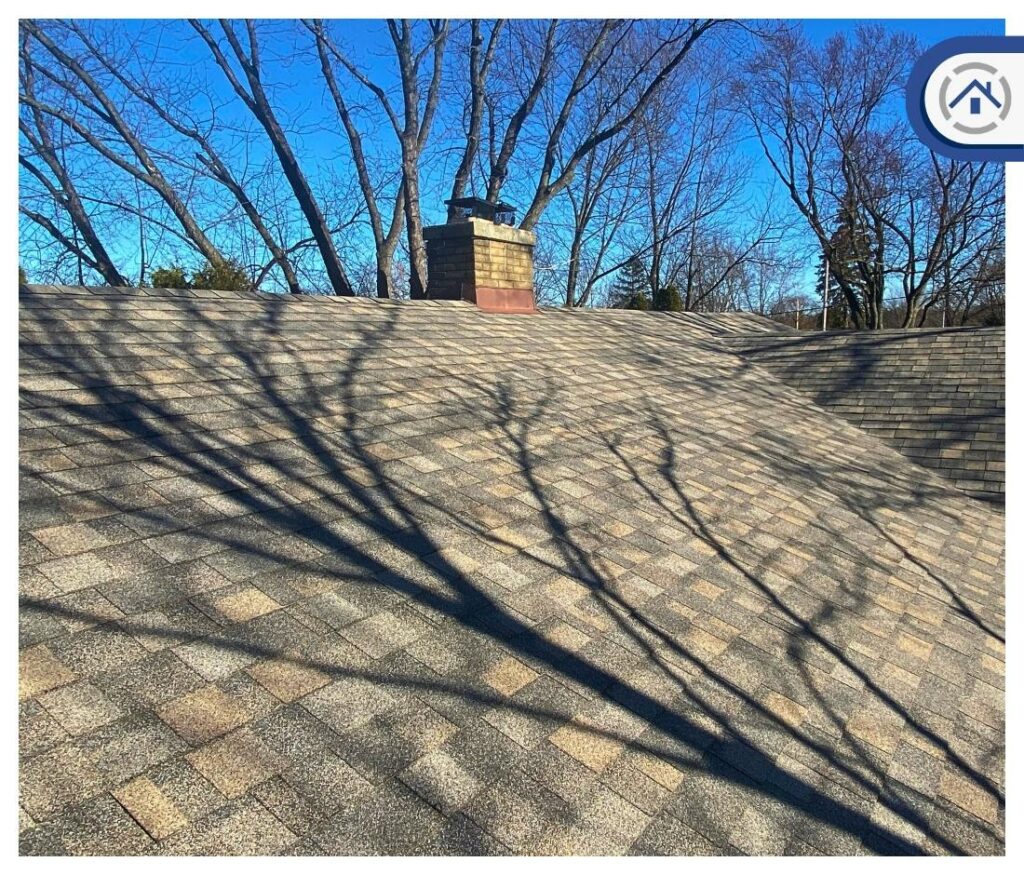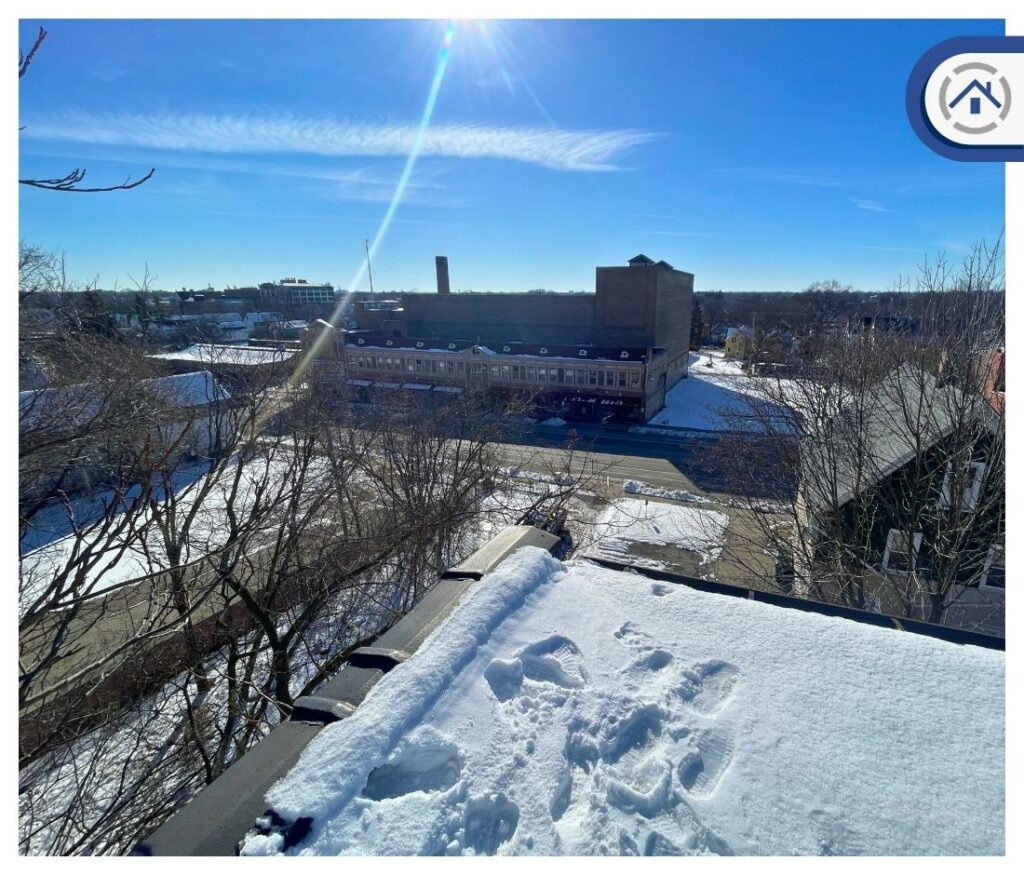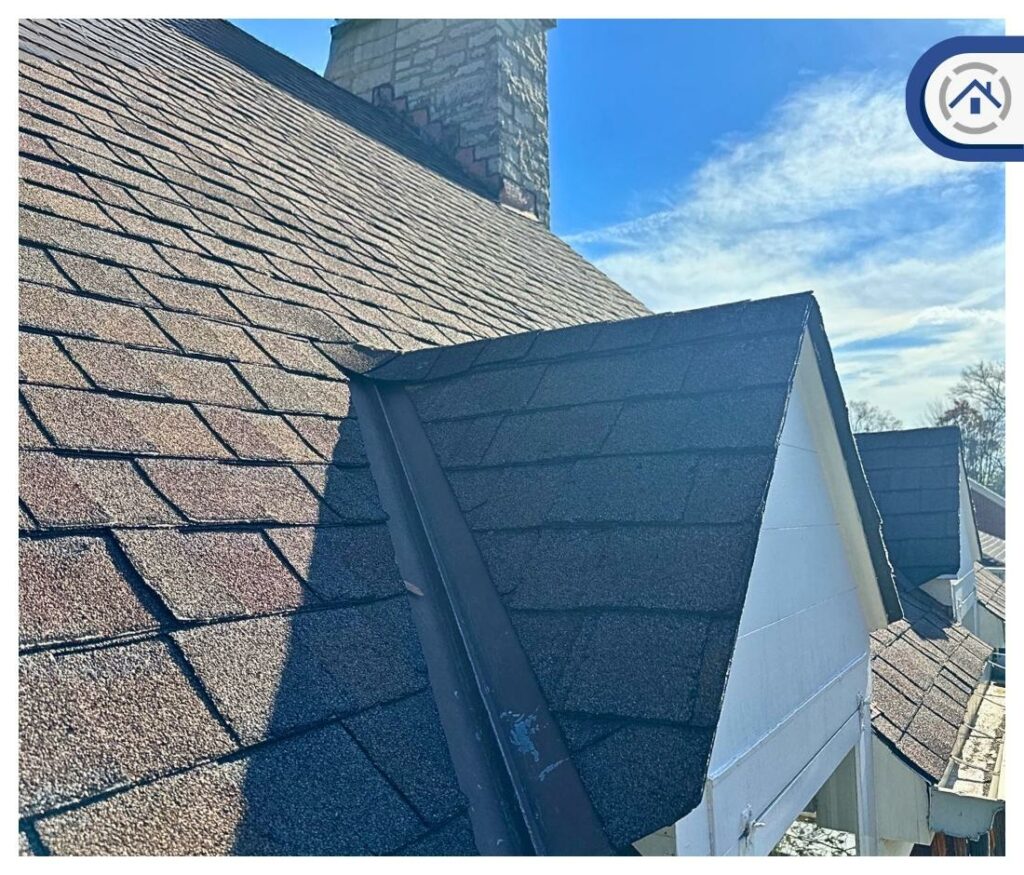
Embarking on the journey of homeownership or engaging in the construction of a building, we inevitably look up at the roof that tops our dwellings. Often considered a minor aspect of architecture, the slant of a roof is actually critical. It plays a crucial role in protecting our homes from harsh weather conditions. Roofs shield us from rain, snow, and other elements.
In this article, we will explore the practical mysteries underlying the slanted roofs adorning our homes and buildings. Our goal is to uncover the subtle yet indispensable reasons why this architectural feature is not just a matter of form but a functional necessity. We will explore the delicate balance between design and purpose that defines the roofscape of our living spaces.

A slanted roof is commonly referred to as a "pitched roof." The pitch of a roof indicates its slope or incline, and a pitched roof is identified by its noticeable angle or slant. The pitch of a roof is usually expressed as a ratio, such as 4:12, where the first number represents the vertical rise, and the second number represents the horizontal run.
Pitched roofs are known for their steep slope or angle, which gives them a timeless and versatile look that can fit into various architectural styles worldwide. The pitch, ranging from moderate to steep inclines, can define the overall aesthetic and structural aspects of a building. Common shapes such as gable, hip, gambrel, and mansard offer a wide range of design possibilities.

The slant in roofs directly addresses practical concerns. These design features are essential for maintaining the integrity of the roof, preventing weather-related damage, and ensuring the overall longevity and functionality of the building structure.
1. Roofs are slanted to direct water off of the roof
The primary purpose of the slant in roofs is to facilitate adequate water drainage. A flat roof, for example, would be more prone to water pooling, which can lead to leaks and structural damage over time. By providing a slope, rainwater is directed away from the roof, preventing water from accumulating and causing potential issues like leaks or water damage to the building's structure.
2. Helps push snow and ice off of the roof
In regions with cold climates and regular snowfall, a slanted roof is crucial for preventing the accumulation of snow and ice. The slope allows these frozen elements to slide off more easily. This not only prevents excessive weight on the roof but also reduces the risk of ice dams forming along the eaves, which can lead to water seepage under shingles and into the building.
3. For better airflow for internal venting
The slant in roofs contributes to improved airflow within the attic space. In many buildings, the attic serves as a crucial area for ventilation. The slope of the roof, along with properly designed vents, helps to promote air circulation. Adequate ventilation is essential for preventing the buildup of heat and moisture in the attic, which can otherwise lead to mold growth, wood rotting, and decreased energy efficiency.
The term "flat roof" can be a bit misleading, as even commercial roofs described as "flat" typically have a slight slope or pitch for practical reasons. While they may appear flat from a distance, a small degree of slope is necessary to facilitate proper water drainage. The slight incline helps prevent water pooling, which is crucial for maintaining the integrity of the roof and avoiding potential leaks.
In commercial construction, where large roof spans are typical, these minimal slopes are designed to guide rainwater toward drains or scuppers, ensuring efficient water removal. The specific slope may vary based on factors such as local building codes, climate conditions, and the type of roofing materials used. This careful consideration of drainage is especially important for flat roofs to prevent issues related to standing water, structural stress, and water damage.
A roof that is not slanted properly can lead to several problems, compromising the integrity of the structure and the overall functionality of the building. Here are some common issues associated with improperly slanted roofs:
1. Water Ponding, leaks, and water damage
Inadequate slope can result in water not draining correctly, leading to ponding or water pooling. This standing water increases the likelihood of leaks and water infiltration, which can cause damage to the roof structure, insulation, and interior spaces of the building.
2. Ice Dams
In colder climates, a lack of proper roof slopes can contribute to the formation of ice dams. Ice dams occur when snow on the roof melts and then refreezes near the eaves. This can lead to water backing up under the roofing material, causing leaks and potential damage to the roof and interior.
3. Structural Stress
A roof that is not slanted appropriately may experience increased stress from the weight of accumulated snow, especially in areas with significant snowfall. This can lead to structural issues and, in extreme cases, may even result in roof collapse.
4. Poor Ventilation
An inadequate slope can impede proper ventilation in the attic space. Without proper airflow, heat and moisture can become trapped, leading to issues such as mold growth, rotting of wood, and decreased energy efficiency.
6. Premature Roof Aging
Roofs with improper slopes may experience premature aging due to the increased exposure to harsh weather conditions. UV radiation, water accumulation, and other environmental factors can contribute to the deterioration of roofing materials.
7. Limited Roofing Material Options
Certain roofing materials are designed for specific slopes. A roof with an inappropriate slope may limit the options for roofing materials, potentially leading to a compromise in the quality and durability of the roof.
8. Decreased Energy Efficiency
Inadequate roof slopes can affect the performance of insulation and ventilation systems, leading to increased energy consumption for heating and cooling. This can result in higher energy bills and reduced overall energy efficiency.

While the intricacies of roof slanting are often overlooked, they play a critical role in safeguarding homes and buildings from potential issues. From facilitating water drainage and snow removal to promoting optimal ventilation, the design of a pitched roof is a nuanced aspect of construction. Even commercial roofs labeled as "flat" conceal a subtle slope for efficient water management. However, the repercussions of an improperly pitched roof, including water ponding, structural stress, and decreased energy efficiency, underscore the importance of seeking expert advice.
Considering the complexities involved, consulting with roofing professionals and experts becomes paramount. Their insights can provide tailored solutions, ensuring not only the longevity and functionality of the roof but also its resilience against unforeseen challenges.